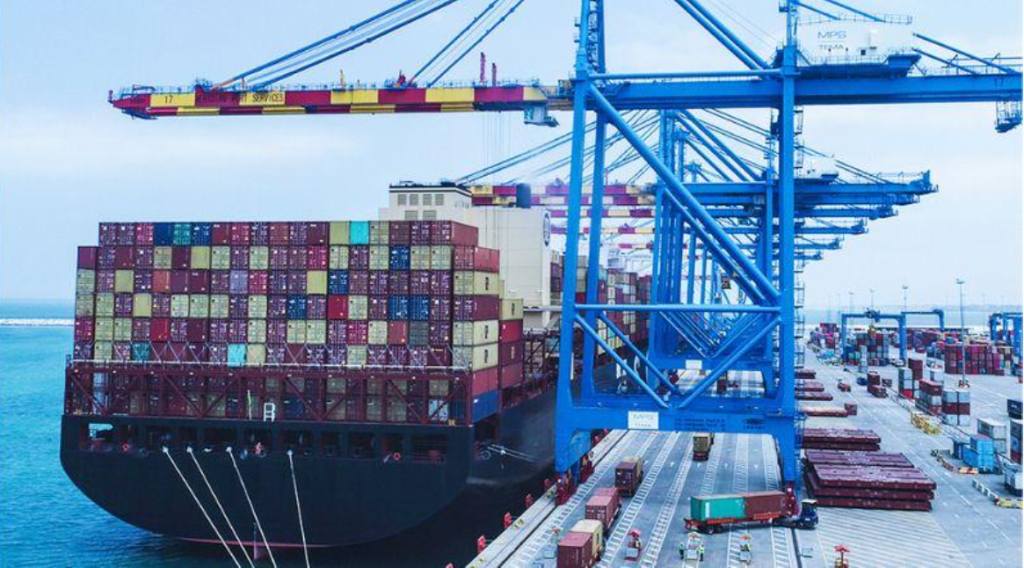In shipping, the physical logistics which is the subject of movement can be categorized as, movement of people and movement of goods. As regards movement of people, passengers are transported from an origin to a destination of choice and may be required to carry along and present recognized travelling documents for the journey.
In regard to the movement of goods, standard documents have to accompany the goods from origin point to a preferred destination. Shipping documents thus, include a varied set of standardized, recognized papers, permits, certificates or records prepared by an exporter to cover goods which are processed for export. In practice, one set of these documents will accompany the physical goods during the transportation process. As much as possible, the shipping documents should provide accurate and a comprehensive trail of information from the point of origin to the preferred final destination. The other set will be sent to the consignee either electronically, courier or by post. As these documents provide information about the goods being transported, they help to ensure that the packages are processed, customs cleared and delivered safely and on time, and to the right recipient or consignee.
Regarding international ocean or sea freight shipping, the basic shipping documents may include commercial invoice, packing list, certificate of origin, insurance cover and bill of lading. For air transport, an air waybill should accompany the goods in addition to the commercial invoice and packing list.
The objective of this piece is to bring to the forefront the need to ensure information convey by these documents are accurate, factual and align with the physical state and condition of the goods for compliance and customs purposes.
The HS codes of the goods must be accurate and relevant. In practice, the HS code should be provided by the seller or exporter of the goods.
The quantity as stated on the commercial invoice and packing list must align with the physical quantity of the package and the description of the goods should meet customs criteria.
As much as possible, technical names, or indexes and jargons for the description of goods should be avoided or minimized. The description and uses of the goods should, as much as possible, reflect those contained in the HS Code for such goods.
These are but few pointers to bear in mind when preparing shipments for export. Inaccurate description, perceived wrong HS code and misalignment in the physical quantity and those stated on the commercial invoices and packing lists are but a few of the infractions which could result in punitive action by Customs.
We at Eagle Freight Limited, have the capacity to examine your shipping documents to ensure compliance with the appropriate customs requirements and to facilitate speedy customs documentation process and customs clearance. We are grateful to partner with you to support in ensuring your organization meets its logistics goals and objectives.



